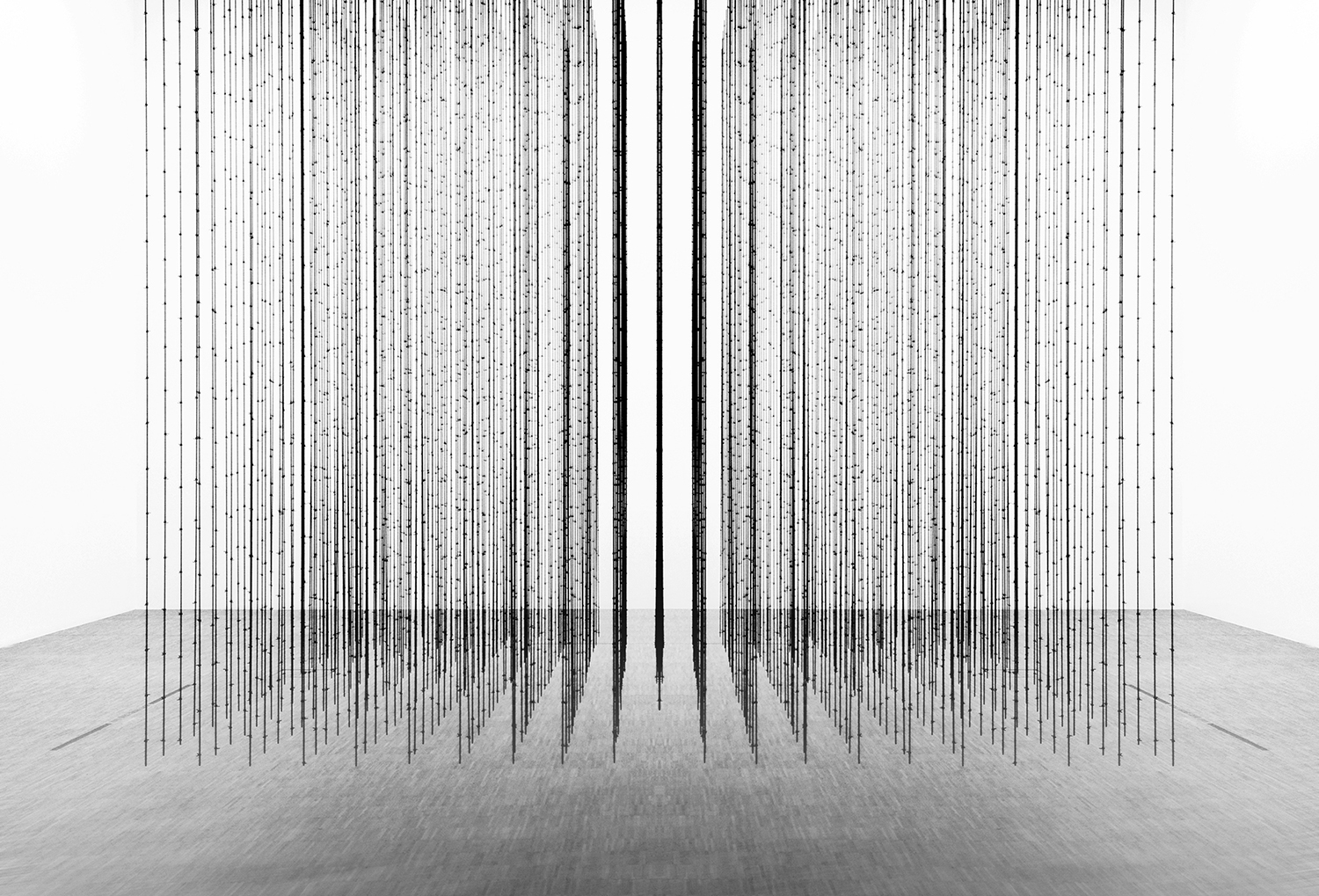The Reality of Structure:
Structural Realism and Structuralism in Contemporary Philosophy Instructor: Daniel Sacilotto Date & Time: Jan 7, 14, 21, 28 14 to 16:30 ET

DESCRIPTION: This seminar proposes to explore different iterations of the structuralist and structural realist thesis in contemporary philosophy. It will integrate this understanding into a comprehensive view concerning the role of the concept of “structure” within philosophical history. While the term “structural realism” is first introduced by John Worrall in 1989 in the context of providing an account of scientific progress across theory changes, in a broader sense, the core tenets of structural realism can be traced to the origins of the history of philosophy: the view according to which it is mathematics or mathematized languages that allow us to pierce beyond the realm of appearances and access the real. Accordingly, structural realism is oftentimes backdated to and associated with a kind of Platonism or Pythagoreanism that posits mathematics as the key to escape the delusions of common sense, natural language, or the veil of sensible presentation. In this broad sense, structural realism captures the thesis according to which the formalized kernel of scientific theories or mathematical languages can assume a positive ontological or epistemological role. In its most radical forms, it posits not only that mathematics plays an ontological role, but that the forms described by mathematical or formalized vocabularies designate in the last instance all there really is, i.e. that the world of observable objects and their properties, of middle-sized objects and qualities, compose a fabric of appearances in relation to the real ‘unobservables’ posited by scientific-mathematical languages.
This basic conception is reiterated across philosophical history, and subjected to different variations. In Kant’s theory of experience, for example, the formal idealities identified by Plato become inflected onto the representational activity of the transcendental subject, such that the forms of intuition that structure the contents of all possible experience are aligned with specific mathematical and scientific paradigms: Newtonian mechanics and Euclidean geometry as structuring the form of space as outer sense, and arithmetical succession as structuring the form of time as inner sense.
With this said, the concept of structure is hardly univocal between philosophical registers and historical periods, such that different versions of structural realism emerge in relation to how authors privilege specific formal vocabularies and scientific theories, appropriated in the search for solutions to specific problems. Following from Worrall’s definition, “ontic structural realism” emerges as a lever toward a naturalist epistemology of science and a scientific realist ontology, one that above all escapes the anti-realist consequences associated with Thomas Kuhn’s thesis of incommensurability when accounting for the logic of scientific revolutions. In contrast, within the 20th Century French post-war tradition, extending ‘structuralist’ approaches to the social sciences and psychoanalysis became the key toward a reconstituted materialist philosophy that negated the idealism or quietism following post-Heideggerean historicist, existentialist, and phenomenological approaches. In these divergent vectors, the lines dividing naturalism and Platonism, pure mathematics and empirical science, become progressively blurred, as different formal paradigms become reified or privileged as providing the relevant conception of structure: geometry, formal logic, set-theory, category theory, type theory, information theory, structural semiotics, the differential calculus, etc.
In the first introductory session, we will engage in a protracted history of structuralism and structural realism within philosophy, from antiquity and until the present, from its implicit Platonic inception to its contemporary iterations. During the second session, we explore the 20th Century extension of structuralist approaches to psychoanalysis and the social sciences in the post-war French context attempt to forge new materialist epistemologies and ontologies, focusing on key texts by Jacques-Alain Miller, Alain Badiou, and Gilles Deleuze. In the third session, we explore the contemporary extension of ontic structural realism as defined by John Worrall in the philosophy of science, where the preservation of mathematical structure across discontinuous theories provides a realist epistemological framework to understand scientific progress, looking also at works by James Ladyman and Steven French. In the fourth and final session, we explore the extension of the structural realist thesis into a structural systematics through reading the work of Lorenz Puntel, in which the ambitions of German Idealism become rekindled and the concept of structure becomes rigorously clarified.
IMAGE: Mona Hatoum, impenetrable, 2009
To see The New Centre Refund Policy CLICK HERE.
To see The New Centre Refund Policy CLICK HERE.